Description
GMOA overview
GMOA is a 16-port XG-PON and GPON combo card, which can be used in the chassis of Fiberhome brand OLT AN6000-7, AN6000-15, AN6000-17, and AN6000-2.
As a next-generation enhanced GPON technology evolved from GPON technology standardized in ITU-T G.984, XGPON caters to the demand for high-bandwidth services. The figure below shows the network structure of XG-PON.
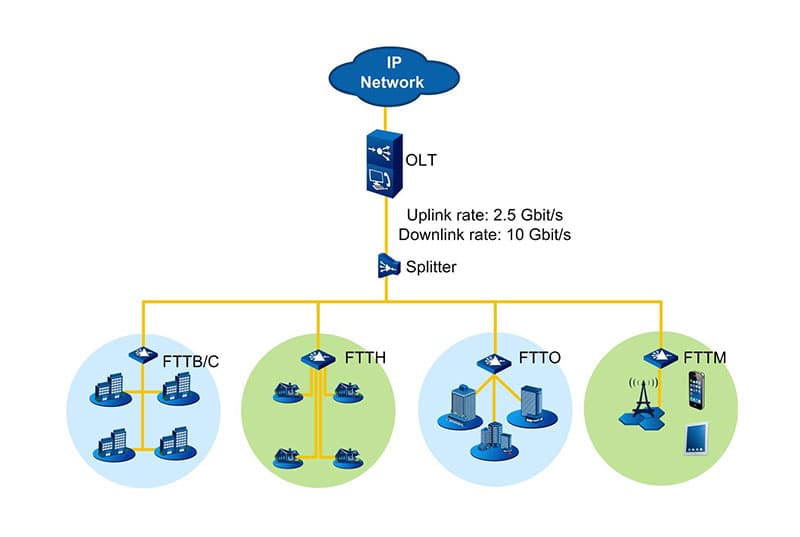
Combo PON adopts the new WDM1r technology to achieve optical wave splitting, and one device can meet the bandwidth requirements from high to low of different subscribers in a unified area. The self-adaptation of GPON & XG-PON is realized by inserting different optical modules into each PON port, which is the best choice for ISP companies under the current wave of network upgrades.
GMOA application
Advantages of XG-PON application:
Smooth evolution: All FiberHome OLTs in current networks support XG-PON service cards; therefore, users need not replace existing OLT equipment to provision the XG-PON service.
High bandwidth: 2.5 Gbit/s in the uplink direction and 10 Gbit/s in the downlink direction.
High split ratio: Provides a split ratio up to 1:256.
Shared ODN: XG-PON ONUs can be connected to the OLT equipment via an existing GPON ODN, based on the external wavelength division multiplexing (WDM) technology.
GMOA hight-lights
Smooth upgrade: XGS-PON service cards can replace XG-PON with little configuration change. Accordingly, services can be migrated smoothly.
Software and hardware compatibility: Bandwidth can be upgraded without replacing subracks. Various PON service cards can coexist in a subrack.
AN6000 Series Optical Line Terminal Equipment
Low power consumption: An XGS-PON card consumes less than 70 W power.
Clock and time synchronization with high precision: Uses the system time transfer protocol defined in IEEE 802.1as, and supports synchronous Ethernet (SyncE), IEEE1588 V2 and 1PPS+ToD.
Overall protection: Supports backbone fiber protection (Type B) and all-fiber protection (Type C). The switching time is no more than 50 ms.
Efficient data transmission: Encapsulates all the data to be transmitted into 125 us frames (fixed length frames) with the new XGEM encapsulation structure, which uses fewer transmission overhead bytes and improves the transmission efficiency.

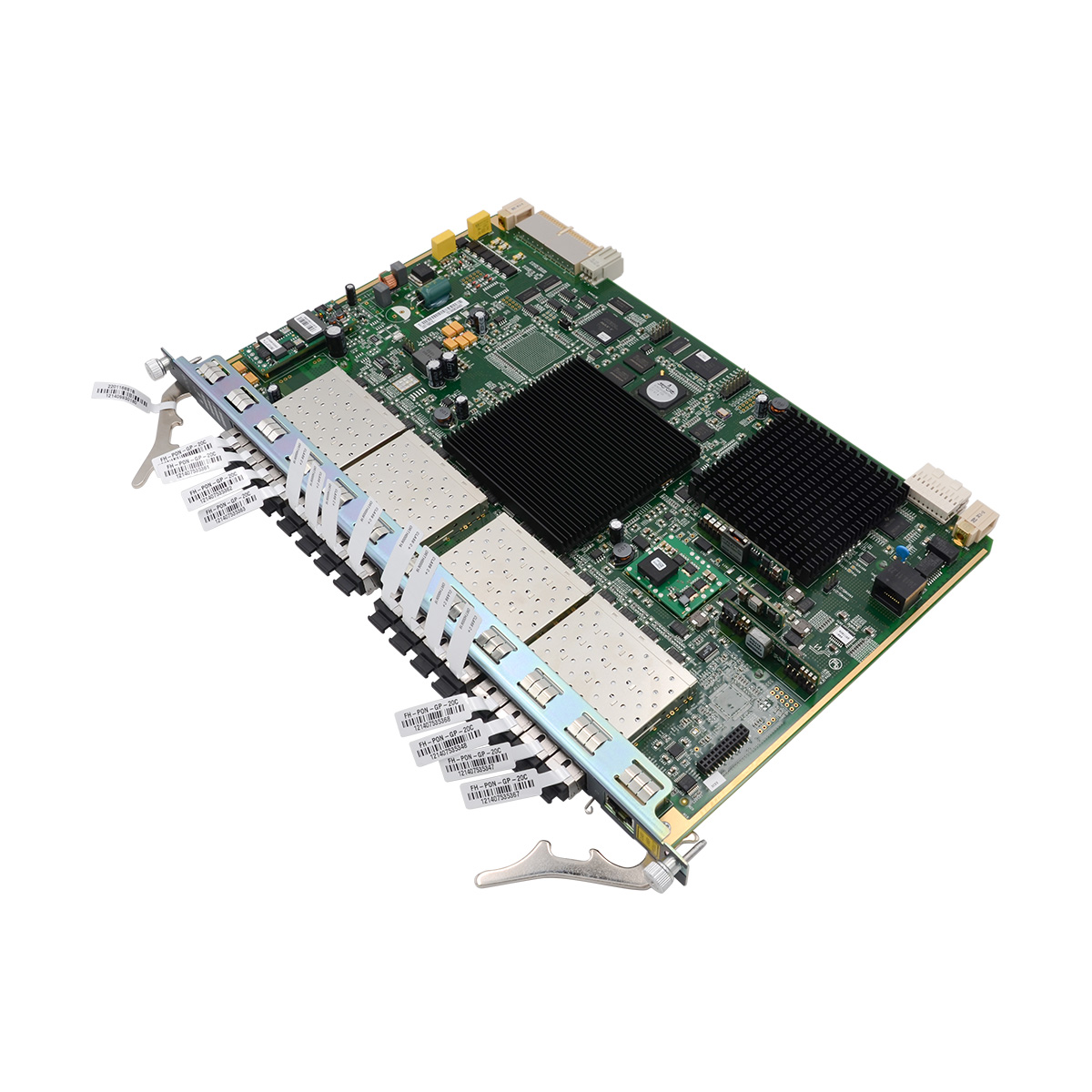
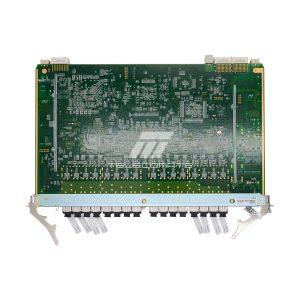
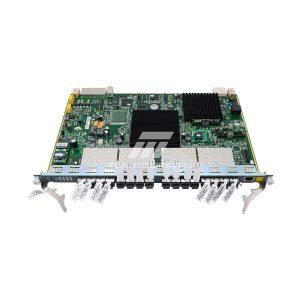


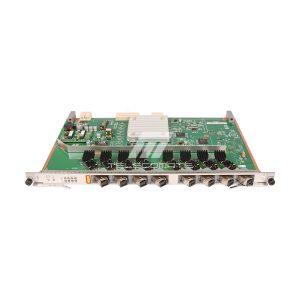
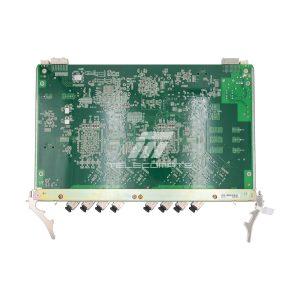
Will –
I got a test report, a very professional technical team.